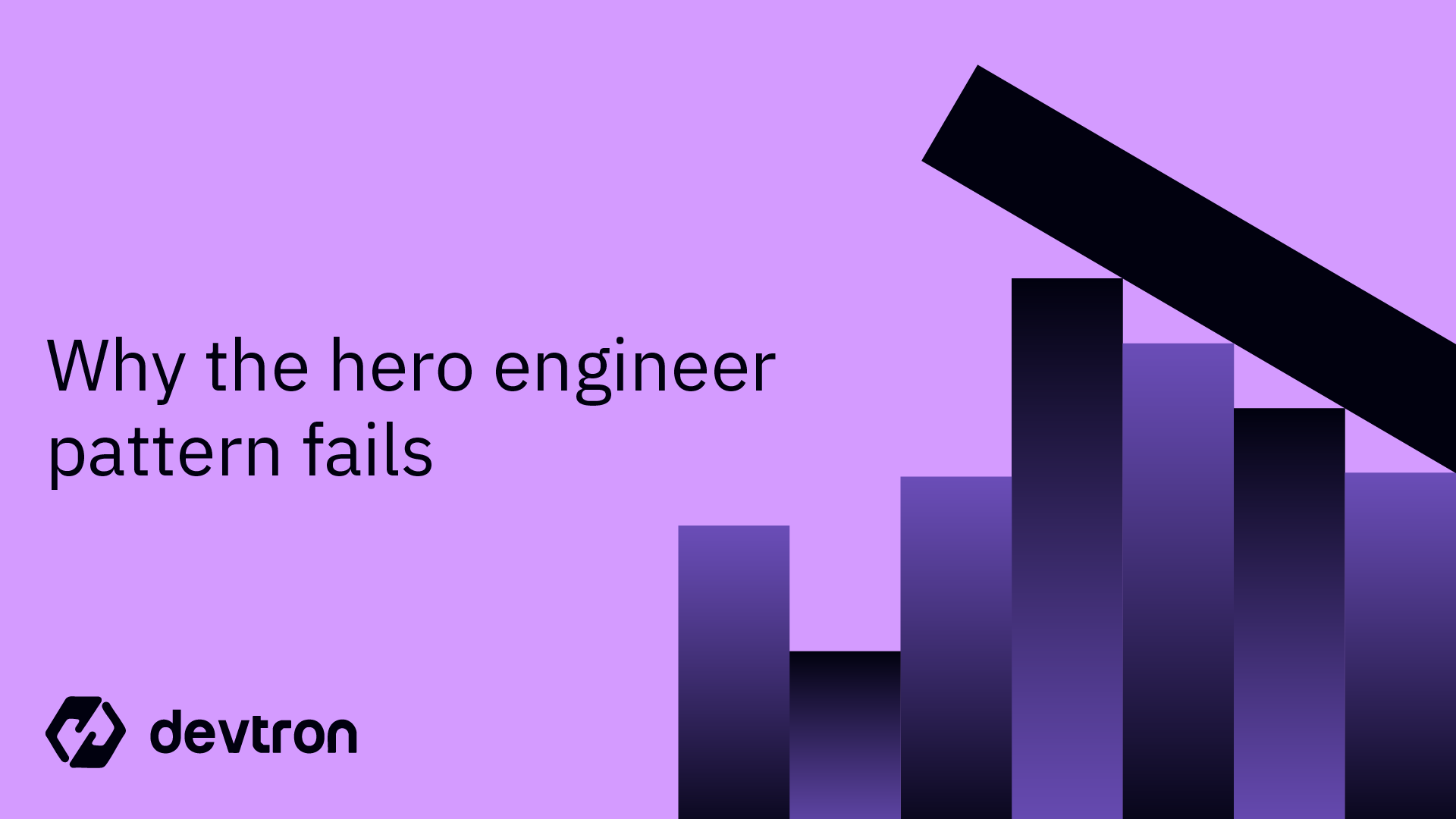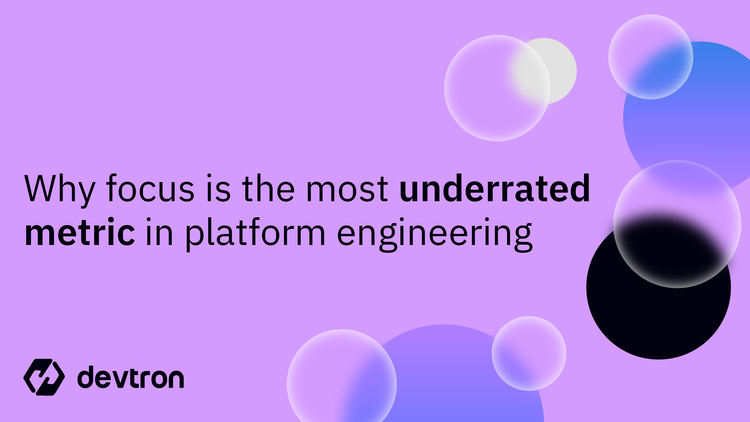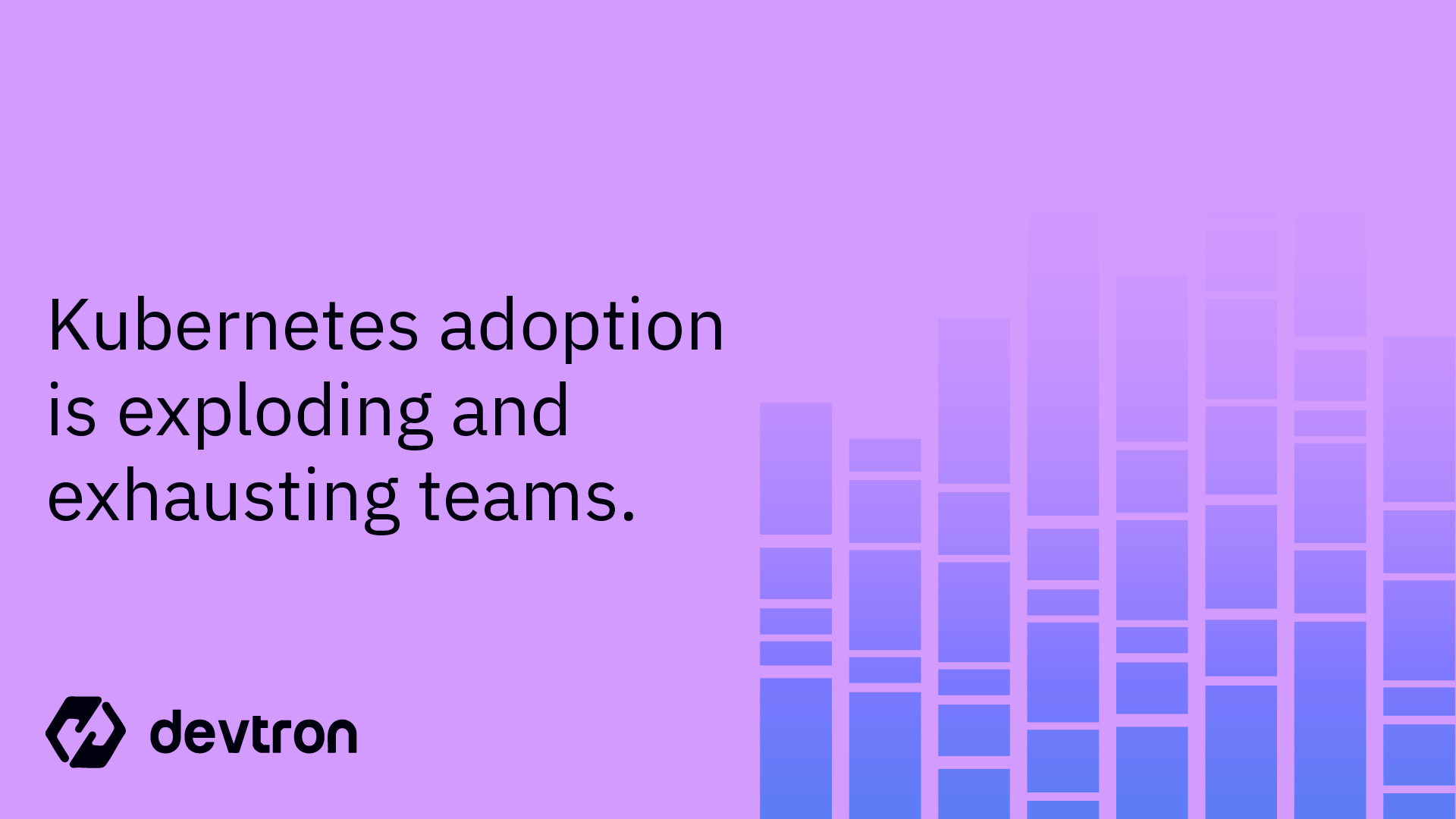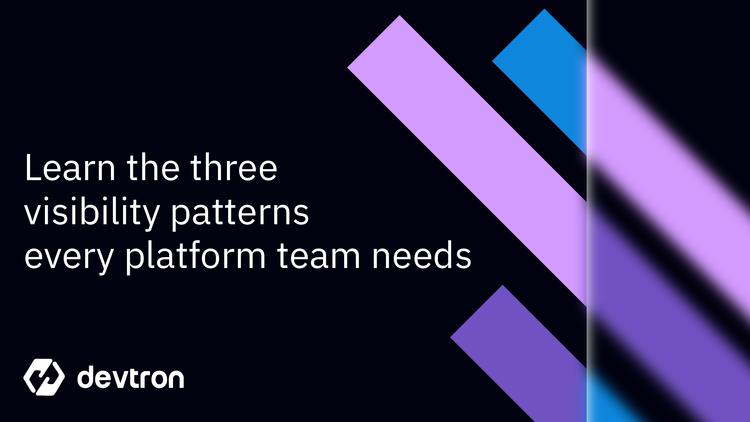A troubling pattern has been there in platform engineering: the assembly of 15+ tools, Lego blocks, and placing a so-called “single pane of glass” on organizational infrastructure. While appealing in theory, this approach fundamentally fails in practice.
These Lego block architectures create fragmented systems where critical domain knowledge remains siloed within individual point tools. When incidents occur, platform engineers find themselves navigating the complexities of disconnected tools, each maintaining its own context and expertise in isolation.
This fragmentation inevitably gives rise to what we might call "hero engineers": exceptional individuals who alone understand how these Lego blocks fit together. They are the only ones who know where to look when issues surface. These engineers become single points of failure themselves, centralizing critical knowledge in a handful of people, and leaving the broader system brittle and unsustainable.
The Rise of the Hero Engineer
As the platforms built by joining 15+ tools scale, knowledge accumulates in minds rather than systems. It starts innocuously: a quick fix that never gets documented, a workaround that becomes standard practice, a tribal knowledge base that exists entirely in Slack threads and memory.
Consider the typical trajectory:
Phase 1: Emergence - A talented engineer solves increasingly complex problems. Their expertise becomes invaluable.
Phase 2: Dependency - The team routes difficult issues through this individual. They become the de facto gateway for production changes.
Phase 3: Fragility - The engineer's vacation schedule becomes a deployment freeze. Their potential departure becomes an existential threat.
Phase 4: Burnout - Continuous context-switching and escalation take their toll. The hero either leaves or becomes a bottleneck.
Why Systems with Hero Engineers Fail
Hero engineers mask underlying architectural failures, creating a dangerous feedback loop that prevents systemic improvement. When exceptional individuals consistently rescue broken deployments, organizations never confront the root cause: their platforms are fundamentally fragmented.
This stops critical conversations about realistic service-level objectives and sustainable operational models. Teams fail to recognize that their infrastructure requires deep architectural remediation, long-term fixes that would eliminate the constant firefighting. Instead, they celebrate heroic interventions while the system's structural deficiencies persist and compound.
Fragmented platform tooling creates knowledge gaps by design, introducing systemic vulnerabilities that compound over time.
Opacity by Default
Complex systems built from 15+ tools inherently resist transparency. Custom scripts accumulate without documentation, configurations evolve through undocumented iterations, and implicit dependencies emerge organically. The result: systems comprehensible only to those who constructed them, layer by layer. What begins as pragmatic problem-solving calcifies into institutional knowledge accessible to a select few.
Context Fragmentation
Critical operational knowledge is spread across an expanding pile of repositories: wiki pages, runbooks, Slack threads, incident post-mortems, and unwritten institutional memory. Each source contains fragments of truth, yet no authoritative reference emerges. Engineers must collect information across multiple sources, piecing together context that should be inherently available within the platform itself.
The Scalability Constraint
Each new team member requires extensive onboarding, not just to understand the technology, but to learn the unwritten rules, the "don't ever do this" scenarios. Knowledge transfer becomes increasingly expensive. Parallel workstreams become impossible because only one person truly understands the deployment constraints.
The result is organizational stagnation. Without acknowledging that the platform itself is broken, teams never prioritize the comprehensive tooling consolidation and intelligent automation necessary for operational maturity. Hero dependency becomes institutionalized, reliability remains precarious, and the path to genuine platform excellence remains obscured.
What Teams Actually Need
The hero engineer isn't the problem. The systems that require heroes are.
Platform teams do not need more hero engineers or an entire team of hero engineers. What platform teams need is a smarter system — a platform that is built in a way that doesn’t require a hero engineer to operate.
These smarter platforms operate fundamentally differently; they understand the reality of your systems. Correlate the information across domains (infrastructure, applications) and present a single contextual information to the user with actionable steps.
They connect the dots across tools.
When a deployment goes wrong, everyone looks toward the hero engineer. Now this hero has to jump across 15+ tools, tracing the track, and fix the issue. Smarter platforms eliminate this fragmentation by unifying operations. When deployments fail, these systems leverage built-in correlation capabilities to automatically connect disparate signals and present a coherent diagnostic view. Any team member can quickly scan the unified interface to understand which policies were violated, where the deployment failed, and why, dramatically reducing Mean Time to Resolution (MTTR) while democratizing incident response across the entire team.
They make decisions, not just execute scripts.
Instead of generating alerts for every anomaly, these platforms distinguish between routine issues they can resolve independently and genuine problems requiring human expertise. They auto-scale resources, restart failed services, roll back problematic deployments, and apply known fixes, all while maintaining comprehensive audit trails.
They learn from your environment.
These platforms capture operational expertise and transform institutional knowledge into automated runbooks. When similar patterns emerge, they apply learned solutions instantly rather than waiting for human pattern recognition and intervention.
They get ahead of problems.
By analyzing patterns across deployments, infrastructure changes, and system behavior, intelligent systems anticipate problems before they impact users. They proactively scale resources and adjust configurations to maintain stability.
The Smart Platform: That’s What We are Building at Devtron
At Devtron, we're building more than just another tool; we're creating a smarter platform that transforms how teams work with Kubernetes. Devtron replaces your fragmented systems, consolidates context, and empowers every engineer to operate with confidence.
Every engineering org knows the pattern: a handful of people hold all the critical knowledge, become single points of failure, and create bottlenecks that slow down entire teams. It's not sustainable. And it's not fair, not to the people drowning in toil, and not to the teams waiting on them.
One platform with complete context. No more juggling 15+ tools. Devtron unifies your Kubernetes operations stack into a single platform. Every action comes with full context: deployments, monitoring, logs, security policies, and infrastructure. One view.
The golden path becomes obvious. We've built best practices directly into the workflows. Junior engineers can ship production-ready code confidently. Senior engineers spend less time answering basic questions and more time on actual engineering problems.
Everyone works from the same platform. Whether you're in development, ops, or security, you get the same visibility. Information silos disappear. Handoff friction drops.
Policies enforce themselves. Embed your organization's standards directly into the platform. Security scans, compliance checks, resource limits—they happen automatically without manual oversight at every step.
Security and access control that actually makes sense. Granular RBAC gives every team member exactly the access they need. Nothing more, nothing less.
Automation that thinks. Built-in intelligence means automation doesn't blindly follow scripts. SLO-based rollbacks catch issues before they escalate. Auto-remediation fixes common problems instantly. Runbook execution handles incidents with precision.
The goal isn’t to replace hero engineers, it’s to free them. Instead of being trapped in repetitive questions, emergency firefighting, and maintaining knowledge monopolies, they can focus on what actually drives value: solving hard problems, designing better systems, and mentoring their teams.
When knowledge is democratized and operations are streamlined, hero engineers become force multipliers instead of bottlenecks. Teams ship faster. Organizations build systems that don't depend on any single person.
That's what we're building at Devtron.






